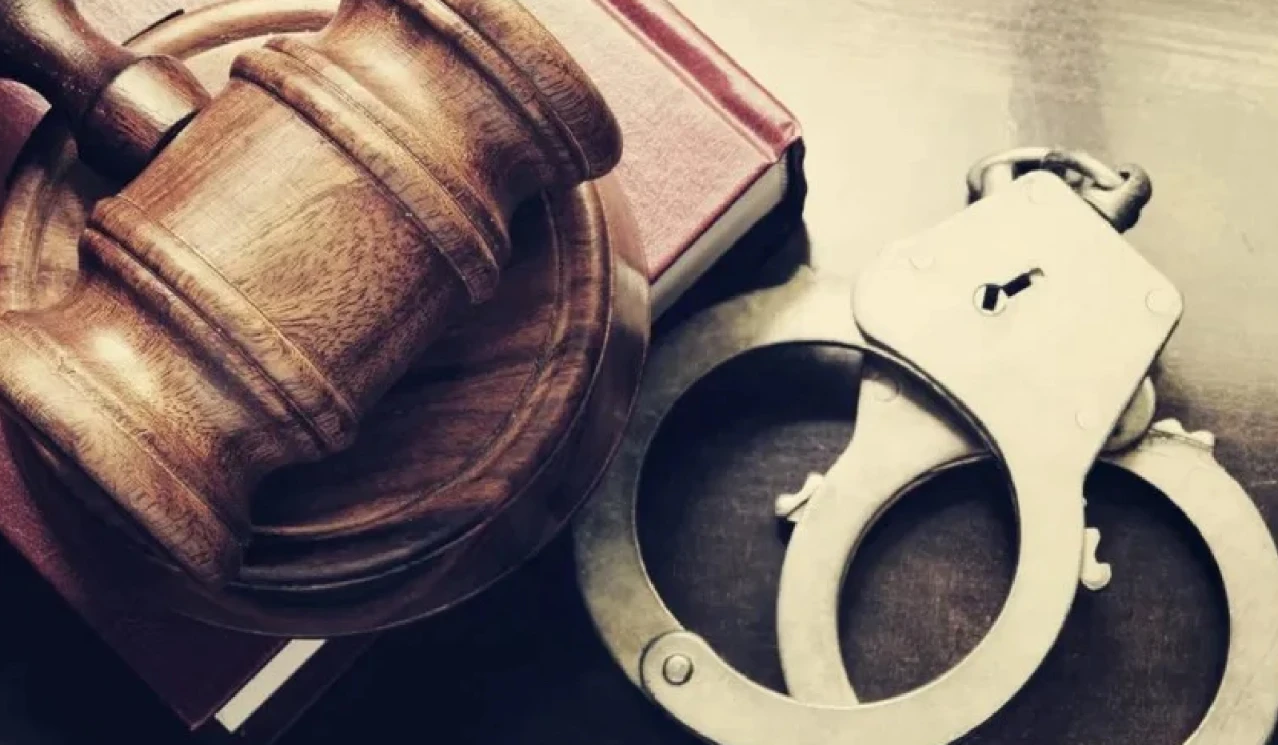Earlier, a 3 member inquiry committee of judges was set up to look into the allegations of cash found in High Court Judge’s residence.
- It is learnt that a recommendation was made to the President to initiate the process of removal of the judge.
Constitutional Provisions for removal of Judges of the Higher Judiciary
- Under Articles 124(4) and Article 217(1)(b), a Supreme Court or High Court judge can be removed by the President on grounds of proved misbehaviour or incapacity.
- The President can pass order only after both Houses of Parliament pass an address for removal in the same session supported by special majority (a majority of the total membership, and at least two-thirds of members present and voting).
- Article 124(5) empowers the Parliament to regulate, by law, the procedure for the presentation of an address and for the investigation and proof.
Procedure under Judges (Inquiry) Act, 1968
- A motion for removal must be signed by at least 100 members in the Lok Sabha (LS) or 50 members in the Rajya Sabha (RS).
- Speaker of LS or Chairman of RS may, after due consultation, admit or reject the motion.
- On admission, a 3-member Inquiry Committee is formed consisting of one Supreme Court Judge, one High Court Chief Justice, and one distinguished jurist (in the opinion of Speaker/Chairman).
- If guilt or incapacity is proven, both Houses must pass the motion with a special majority in the same session; thereafter, an address is sent to the President for removal.




